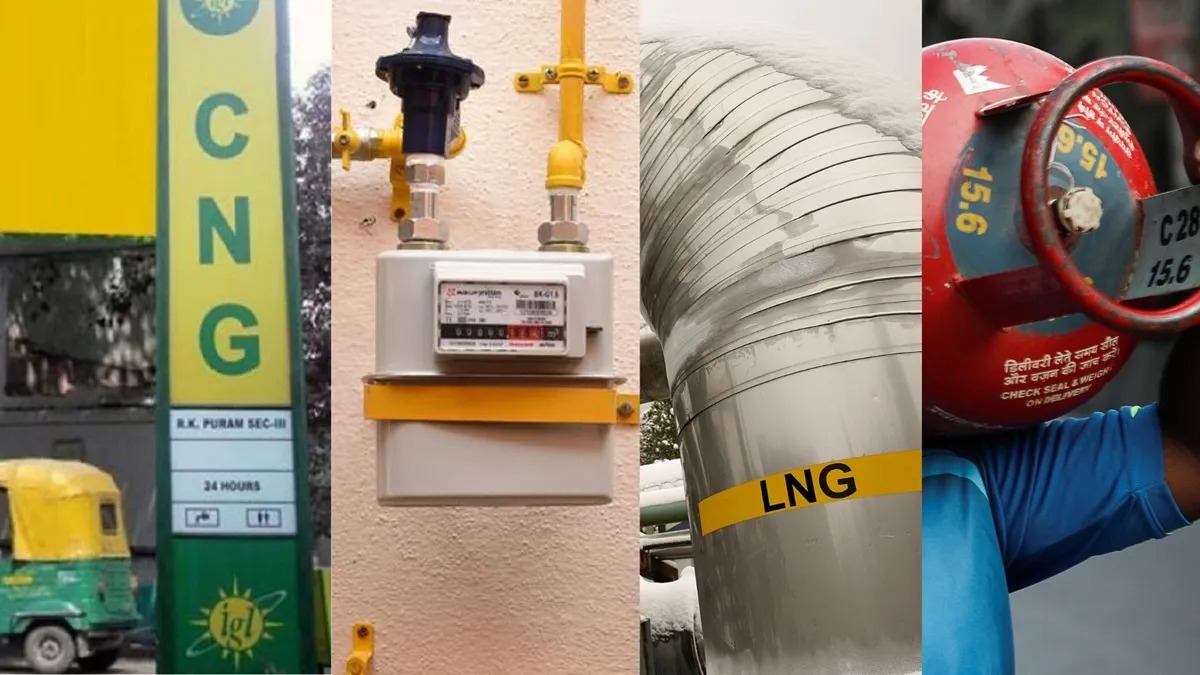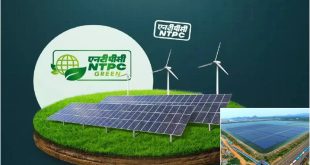
In today’s time, there are many options in the form of fuel. In this, the options of CNG, PNG, LNG, and LPG have become very important today. They are being used for different purposes. These fuel options are quite popular for their low cost and better consumption. But there is some difference between all these fuel options. The difference between them can be understood. Let us understand the difference between them here.
CNG
CNG (Compressed Natural Gas) – Natural gas is collected in a vehicle compressed form (200-250 bar pressure). The main gas in CNG is methane. It also contains other hydrocarbons in small percentages. A sulfur odorant is added to CNG to detect any leakage. It is advantageous over LPG in that it is lighter than air, so if there is a leak, it dissipates in the air. It is also a cheaper, environmentally friendly, and more efficient alternative to conventional petrol and diesel fuel for vehicles. CNG is widely used in auto-rickshaws, cars, and buses.
PNG
PNG (Piped Natural Gas) is similar to CNG. The only difference is that it is supplied through the pipeline for cooking i.e. domestic use. PNG is primarily methane and is supplied through mild steel (MS) and polyethylene (PE) pipes to meet the natural gas demand of customers in various sectors like domestic/commercial and non-commercial/industrial. Natural gas supplied through piped connections to households is called domestic PNG. This eco-friendly and affordable facility will not only eliminate the hassles associated with conventional fuels but will also help in preserving the environment. Piped Natural Gas (PNG) is the preferred fuel these days mainly due to its many benefits.
LNG
LNG (Liquefied Natural Gas) is a form of natural gas that is kept at super-cooled (cryogenic) temperatures. It is different from other fuels because of its high energy density. Hence it reduces the need for frequent refuelling. Its only disadvantage was that it required expensive storage facilities. Liquefied natural gas (LNG) has many uses, including as a fuel, for industrial processes, and as a transportation fuel.
LPG
LPG (Liquefied Petroleum Gas) is a by-product during the processing and refining of petroleum products. It mainly consists of propane, butane, propylene, butylene. It is heavier than air so settles near the ground after a leak. This poses a danger. Liquefied petroleum gas (LPG), is any of several liquid mixtures of the volatile hydrocarbons propane, propane, butane, and butene. It was used as a portable fuel source as early as 1860, and its production and consumption have increased since then for both domestic and industrial use.
 Suspense Crime Sach Ka Dam
Suspense Crime Sach Ka Dam


